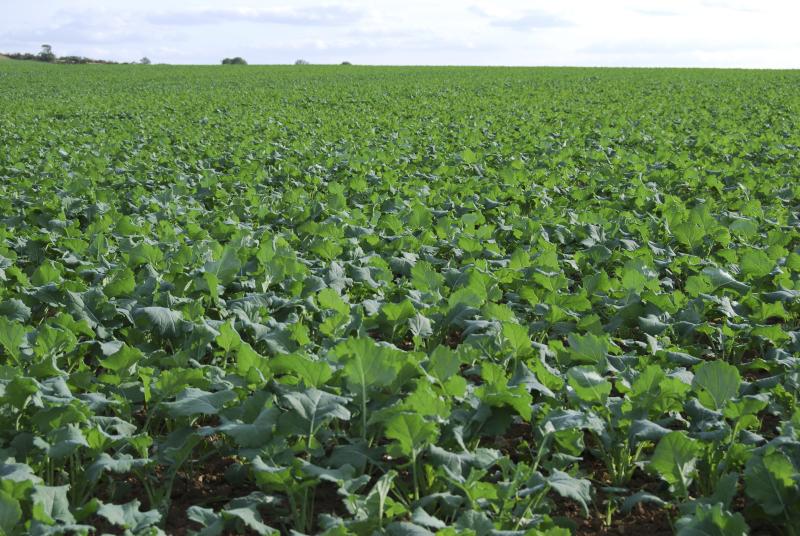Green area duration essential for OSR growth
3rd June 2019
For maximum seed fill and yield in oilseed rape, expert advice is clear: the canopy should be kept green for as long as possible.
For maximum seed fill and yield in oilseed rape, expert advice is clear: the canopy should be kept green for as long as possible. The longer the green area duration for OSR, the more photosynthetic energy can be absorbed by both leaves and pod canopy – vital components for a stronger and healthier yield. Crop management should therefore place a heavy focus on maintaining green area duration, with careful attention dedicated to ensuring adequate nutrition to meet this goal.
“Keep canopy development in mind when planning nutrient application,” says Natalie Wood, Country Agronomist at Yara. “Nitrogen and magnesium are particularly important. A strong nutrition programme is key to developing and maintaining the structural strength of the canopy and resulting health of the crop.”

Natalie Wood, Country Agronomist at Yara.
Establishment of a canopy begins with decisions around the optimum plant population for a farmer’s particular requirements, before producing a seedbed and soil structure conducive to rapid and even germination and emergence. Establishment can be improved by ensuring the availability of the key nutrients through fertiliser application at drilling, and the removal of weeds through timely herbicide applications.
The main determining nutrient of the canopy size and structure will be nitrogen. The target Green Area Index (GAI) should be 3.5 at the beginning of flowering, measured from the middle of February onwards or when growth has restarted properly. Each unit of green leaf area in oilseed rape needs 50kg/N per ha to achieve the optimum target of 3.5 GAI from your starting position. N is only 60% efficient depending on soil type, with the crop requiring about 220kg N/ha on average, though this can vary from field to field. This is particularly significant at approximate 150-180 days after sowing – the period when the canopy truly starts to expand.
During this rapid expansion stage, light is intercepted by the green area within the plant, including green pods once flowering is finished. Maintaining this green area for the longest possible duration means maximum light interception, which the plant then can convert to energy and therefore ‘fuel’ pod fill. Maximising Green Area Duration (GAD) is therefore crucial.
Effective ways to do this include foliar applications of nitrogen, along with alternative options to suit each individual’s requirements. Foliar urea is a popular option, typically giving an extra 0.25t/ha yield (worth over £75/ha) from 200l/ha application at the end of flowering. If foliar urea does not suit, there are concentrated liquid fertilisers which can also be applied at the end of flowering.
In addition to nitrogen, it’s essential to closely monitor both macro and micro nutrient levels, and give the crop a boost when possible. For instance, during periods of low rainfall levels – not uncommon during spring – abiotic stresses on the crop can result without nutrient supplementation.
“Green Area Duration is often overlooked as a major factor of strong OSR development,” adds Natalie. “By making minor adjustments and considering nutrient factors during canopy development, it’s possible to see real improvement on crop health and yields for OSR.
For more information on oilseed nutrition then please visit www.yara.co.uk/crop-nutrition

